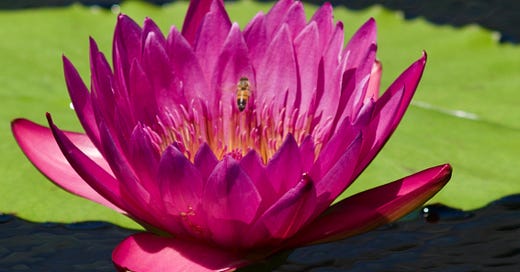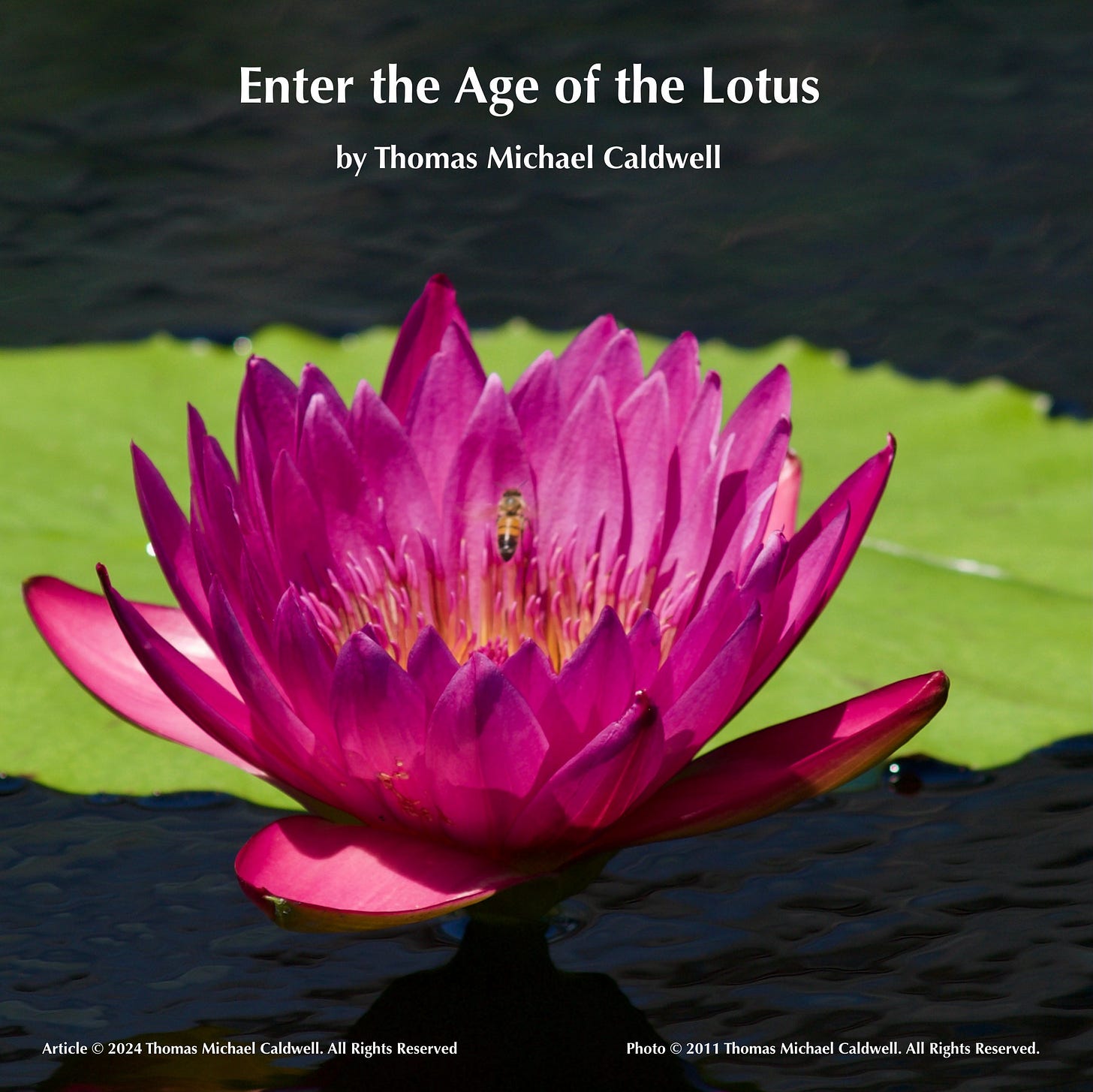Most people have probably never heard of Allan Bennett. But if you’ve done any serious study of the religious traditions of The East, he’s a name you’ve probably run across. And if you’ve ever been exposed to Buddhism or Buddhist thought, you probably have him to thank.
Bennett was a modest, gentle Englishman who lived in the late 19th and early 20th Centuries, and almost single-handedly bridged the cultural, religious, and spiritual gap between two vastly different civilizations. He was a student of what is commonly called the Western Mystery Traditions and pursued spiritual and religious knowledge from a very young age. Bennett became a member of the famous occult order Golden Dawn at its inception and was very highly regarded within its ranks.
Yet despite his obsession with touching the Divine, Bennett’s health was fragile for most of his life, and the cold, damp environment of Victorian England did not help his condition. Luckily, one of Bennett’s fellow members in the Golden Dawn was able to secure funds from a wealthy socialite so that he could travel to a warmer, healthier climate and recover his health. Helping Bennett was an act of kindness, generosity, and, as it would turn out, fate.
As a seeker of spiritual learning and “truth” for most of his life, Bennett decided to travel to the Far East, having read about the mysterious religions practiced in that part of the world. He ended up in Burma where he studied Buddhism at ancient monasteries and eventually became an ordained monk. After many years of travel throughout the Far East and South Asia, Bennett eventually returned to his native England where he went on to teach the Buddhist Dharma, publish books, and otherwise educate his countrymen on the millennia-old wisdom Buddhism conveyed. He is often credited with being the first Westerner to introduce real Buddhism to the European peoples.
Although considered a form of “faith,” Buddhism is not so much a religion as it is a system of spiritual attainment. There is much to Buddhism, as the teachings date back thousands of years and significantly pre-date all the Abrahamic religions practiced today. It’s a subject that requires a great deal of serious study and scholarship to understand. But as with any spiritual discipline, there are a few simple examples explaining a great truth that almost anyone can grasp.
One often hears references to “the lotus” when learning about Buddhism, but one seldom hears an explanation of the deep significance of this water-born flower.
A lotus is an amazing creation of nature. For anyone who has seen a lotus in its natural environment, such as in Japan or Southeast Asia, one cannot help but be utterly taken aback by its beauty. It sits serenely upon the water, usually surrounded by green lily pads or similar plants. Almost angelic. Indeed, if angels came to the Earth and manifested as fauna, lotuses would be the form many would take.
So what’s the connection between spiritual attainment and enlightenment and this beautiful but common flower of The East? Well, it’s not so much its beauty, but how that beauty is created, and what it’s reaching for.
Lotuses grown in swamps. Dirty, filthy, often semi-stagnant swamps. A large puddle, pool, or lake of decaying, dead matter. The water is black as is the thick mud on the bottom where the roots anchor it in place as it floats serenely on the surface. Oblivious to the ugliness, death, and decay that surrounds it, a lotus, quite literally, is the transmutation from something ugly and revolting into something touching Heaven. And that’s why it’s considered sacred. From deep within the Darkness of the swamp, it seeks out the Light of the sun.
One of the goals of many Buddhist teachings is to become like the lotus. From the sea of suffering, pain, and death that surrounds us, one needs to transmute that negativity into something positive. One must become a manifestation of good in a world that knows all too much evil — especially now.
The Western Traditions have the same sort of teachings, of course. The alchemical process of turning lead into gold is the closest parallel. It’s a universal concept of taking what you have to work with and turning it into something better. Something good. Something that touches Divinity. Of making oneself a better person and by extension making the world a better place.
As we enter a new year, and one that does not seem to hold much promise for a peaceful, civilized, sane twelve months ahead, it’s a time for all of us of good heart and good intent to be like the lotus. The world we currently find ourselves in is dark, ugly, and getting worse. Filled with corruption, crime, violence, and evil intent on the part of those who are supposed to be our leaders, and historically those we would turn to for inspiration and comfort. The very recent revelations of how widespread, high-up, and organized the sexual abuse of children has become at the hands of the so-called elite is enough to shake the faith of anyone of any religion, and more than enough to make the Buddha cry.
The good people of our nation, and our world, are surrounded by decaying filth. So it’s time for more of us — all of us — to emulate the lotus. For that beautiful flower that floats gently upon the water is not all that it seems, just as we are not all that we seem.
The lotus is strong. Very strong. It does not die easily, nor does it give way to any of the creatures that slither by in the mirk. It conserves its energy and waits. Patiently, it waits.
Endurance is the first step towards Victory.
From deep within the Darkness, one must reach for the Light.





